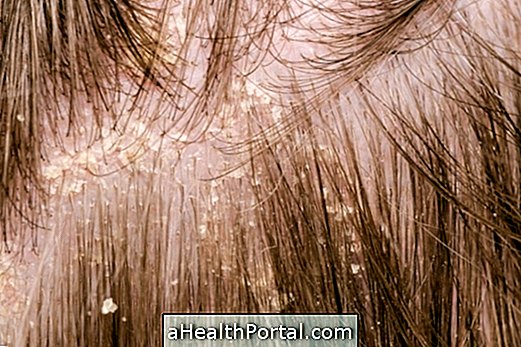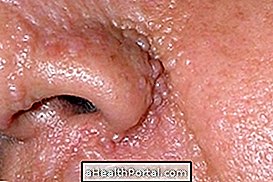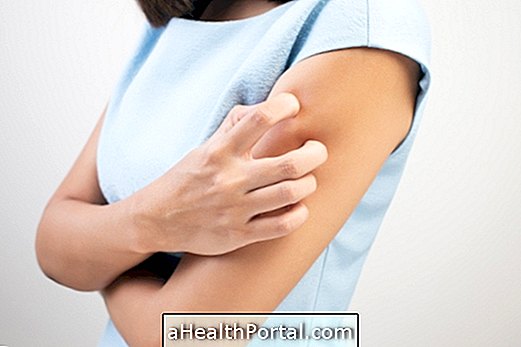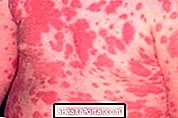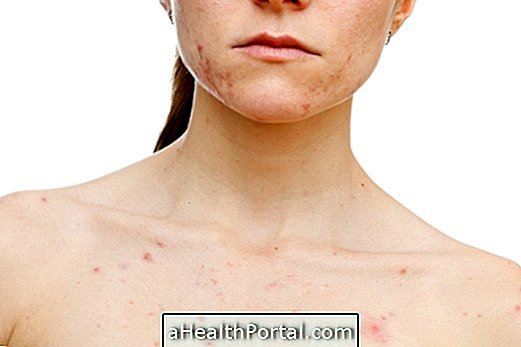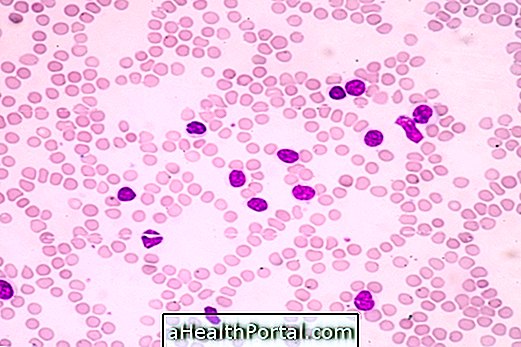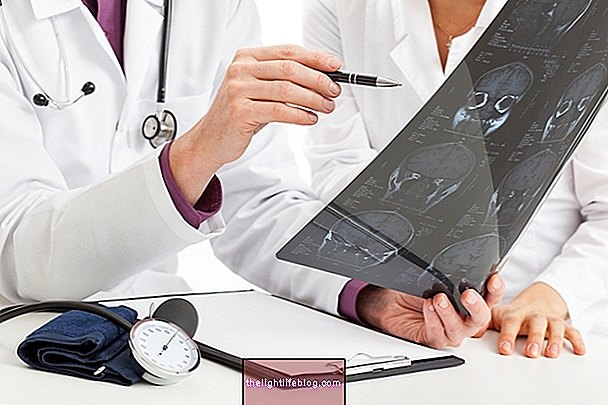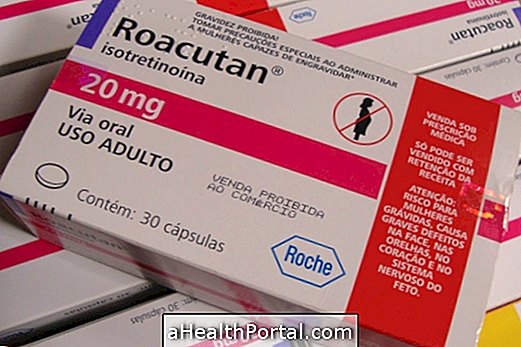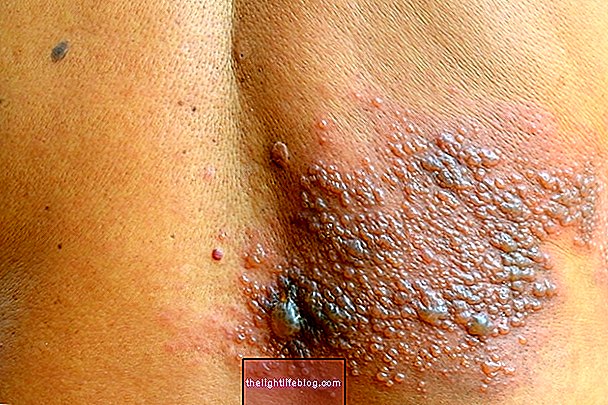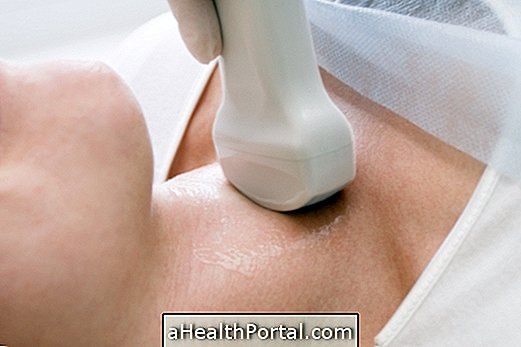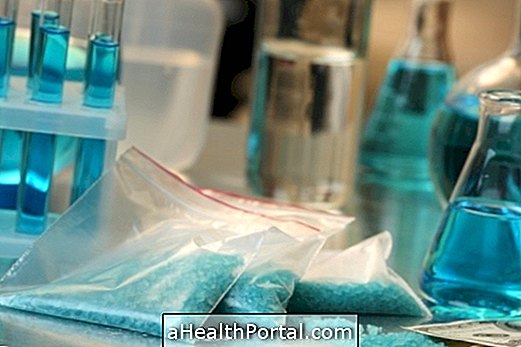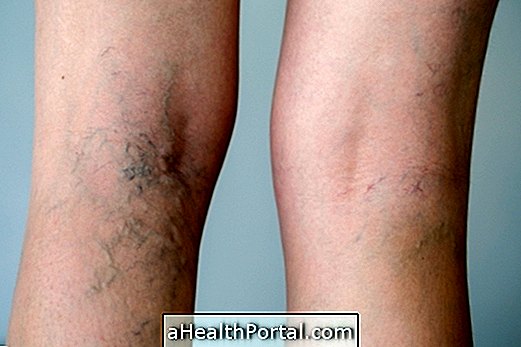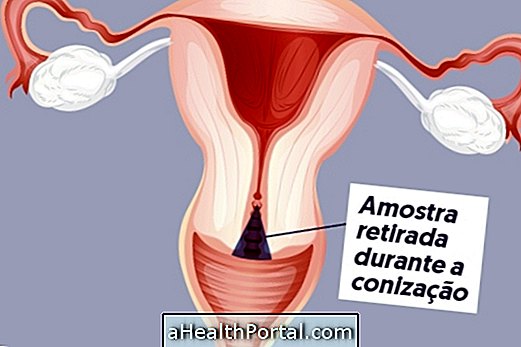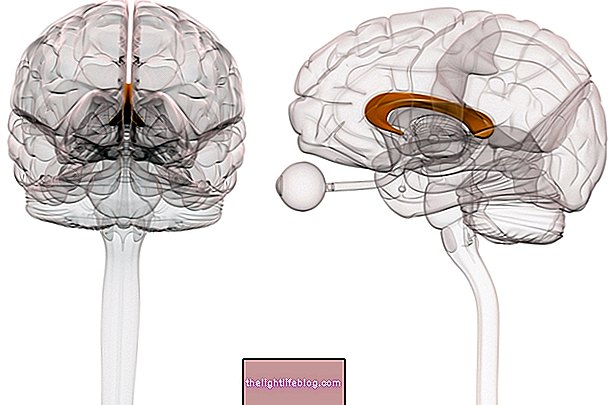Buruli ulcer is a skin disease caused by the bacterium Mycobacterium ulcerans, which leads to the death of the cells of the skin and surrounding tissues, and may also affect the bone. This infection is most common in tropical regions, such as Brazil, but is found especially in Africa and Australia.
Although the form of transmission of this disease is not known, the main possibilities are that it is transmitted by the ingestion of contaminated water or by the bite of some mosquitoes or insects.
When Buruli ulcer is not treated properly with antibiotics, it may continue to develop, causing deformities that can not be corrected or generalized infection of the body.
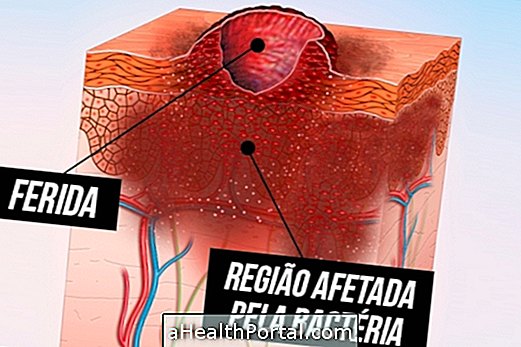
Signs and symptoms
Buruli ulcers usually appear on the arms and legs and the main signs and symptoms of the disease are:
- Swelling of the skin;
- Slowly growing wound without causing pain;
- Skin with darker coloration, especially around the wound;
- Swelling of the arm or leg if the wound appears on the limbs.
The ulcer begins with a painless lump that slowly progresses to the ulcer. In most cases, the wound that appears on the skin is smaller than the region affected by the bacteria and so the doctor may need to remove an area larger than the wound to expose the entire affected region and make the appropriate treatment.
If Buruli ulcer is not treated, it can lead to the occurrence of some complications, such as deformities, secondary bacterial and bone infections, for example.
How to confirm the diagnosis
When there is a suspicion of being infected with Mycobacterium ulcerans, it is recommended to consult a dermatologist to confirm the diagnosis and initiate appropriate treatment. Generally, the diagnosis is made only with the observation of symptoms and assessment of the person's history, especially when living in regions where there is a high number of cases.
But the doctor may also order a biopsy to evaluate a piece of tissue affected in the laboratory to confirm the presence of the bacteria or perform microbiological culture from ulcer secretion to identify the microorganism and possible secondary infections.
How is the treatment done?
In most cases, the infection is identified when it is poorly evolved and affects an area of less than 5 cm. In these cases, treatment is only done with the use of antibiotics, such as Rifampicin associated with Streptomycin, Clarithromycin or Moxifloxacin, for 8 weeks.
Even in cases where the bacterium affects a more extensive region, the doctor may need surgery to remove all of the affected tissue and even correct deformations, as well as treatment with antibiotics. In these cases, it may also be necessary for a nurse to treat the wound properly, thus accelerating healing.
